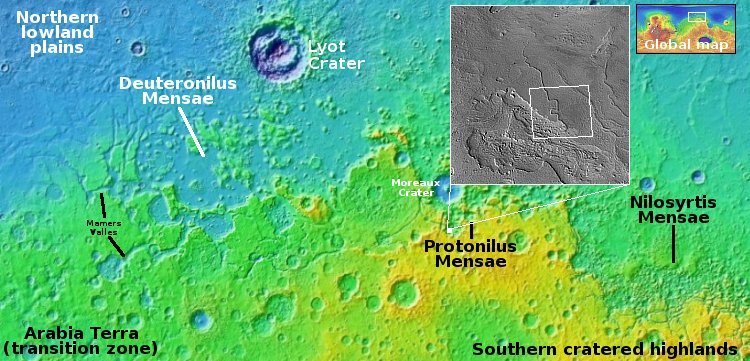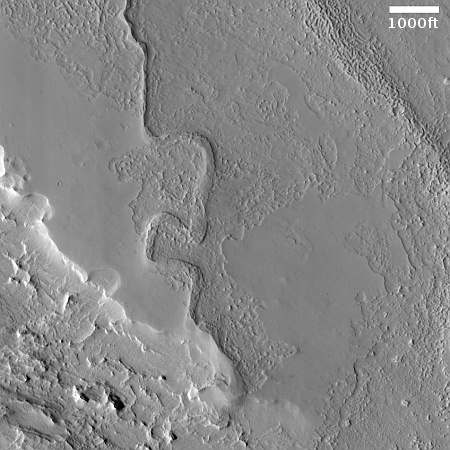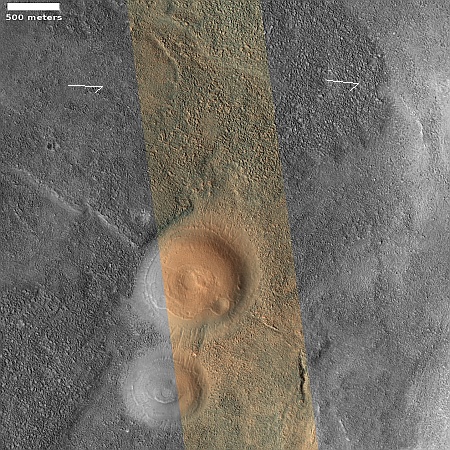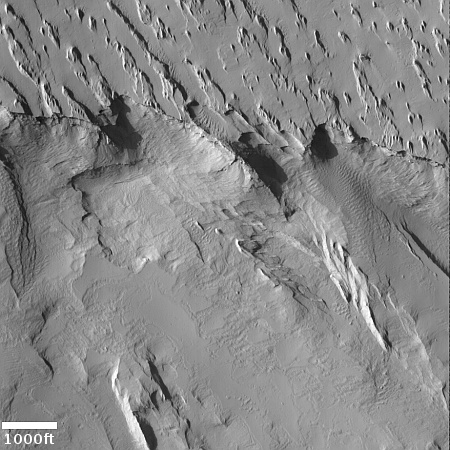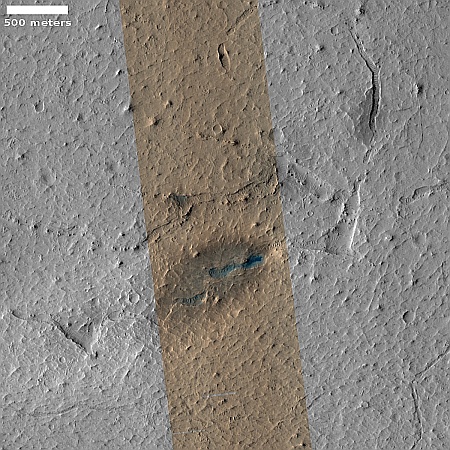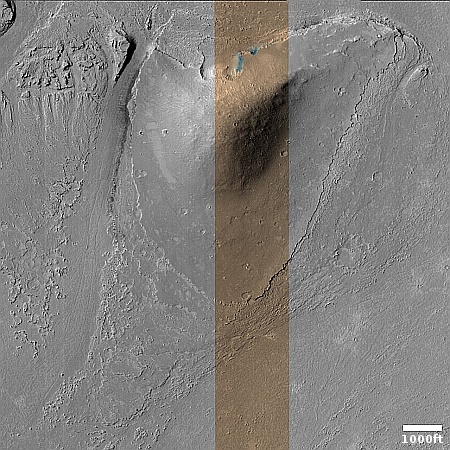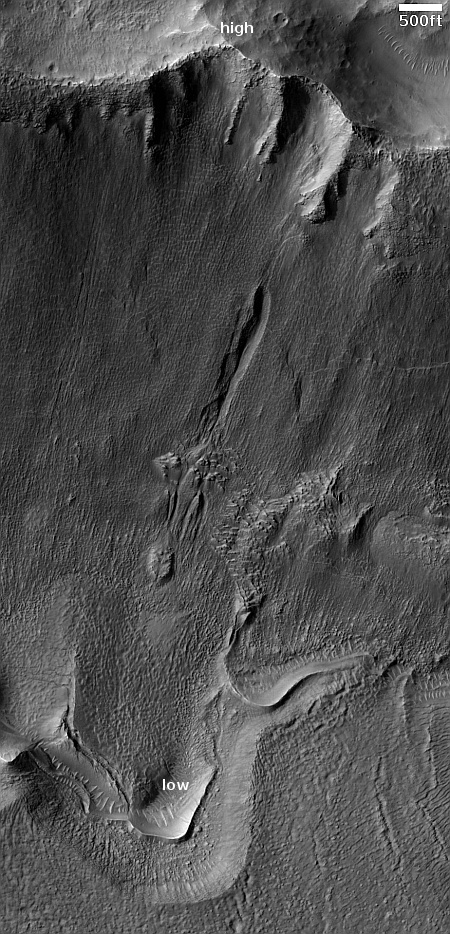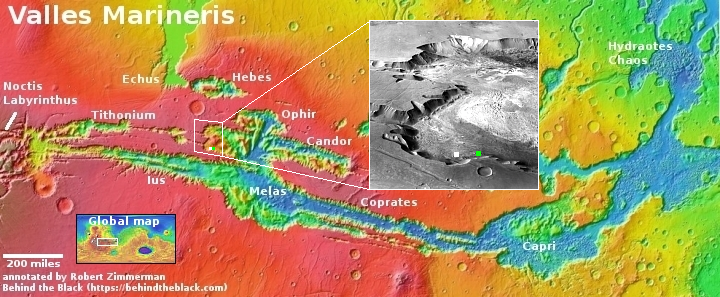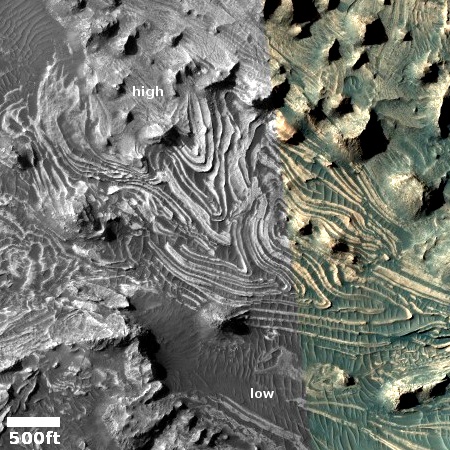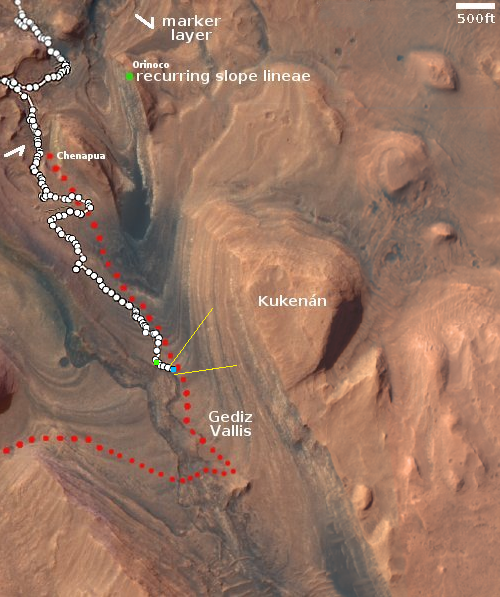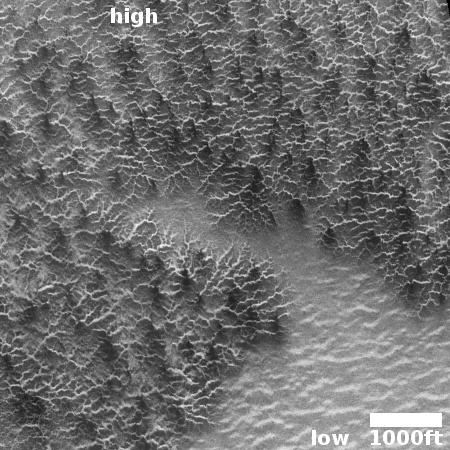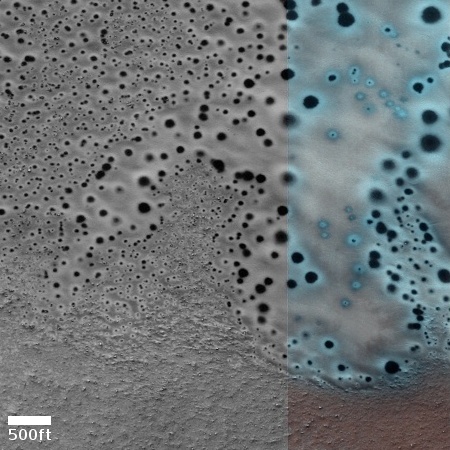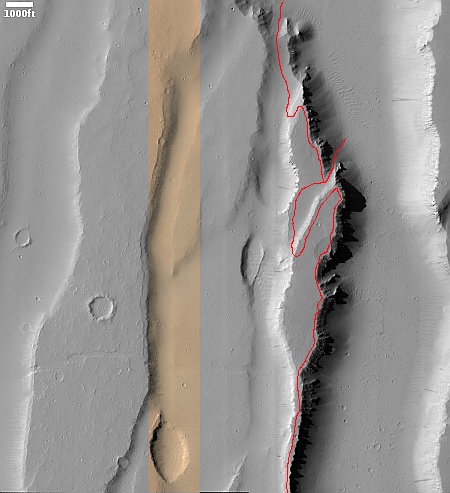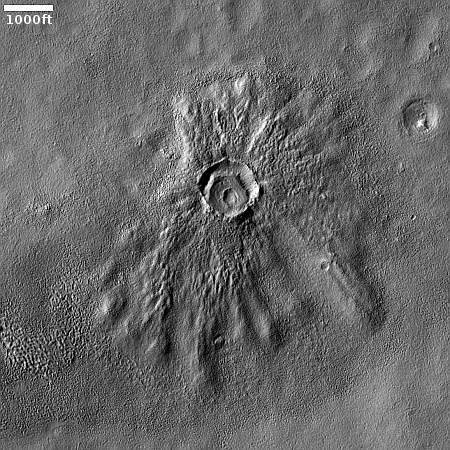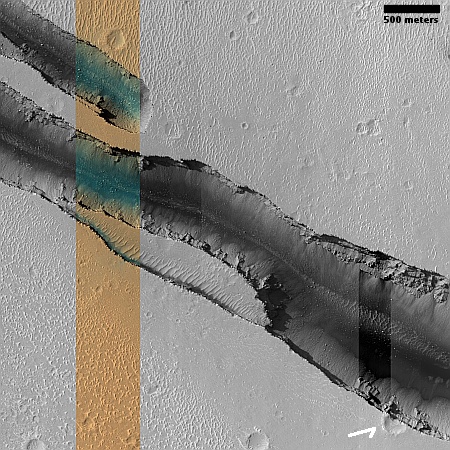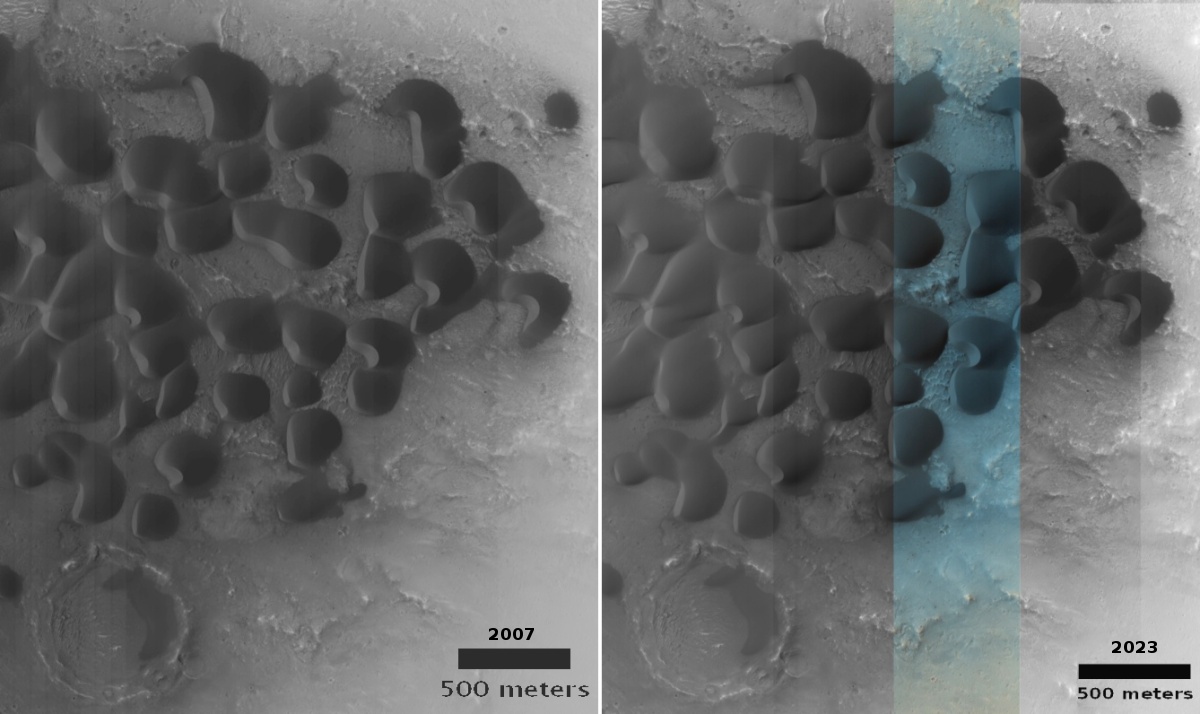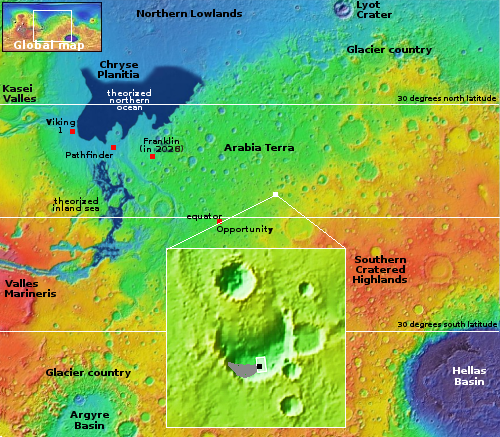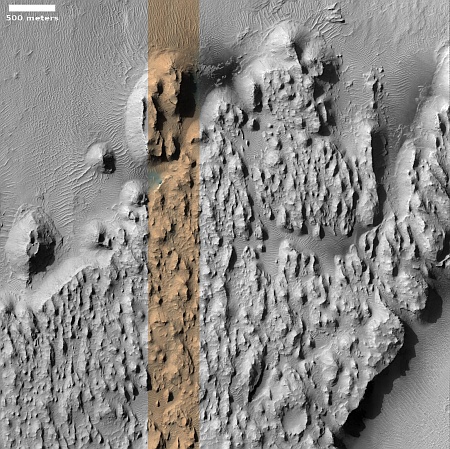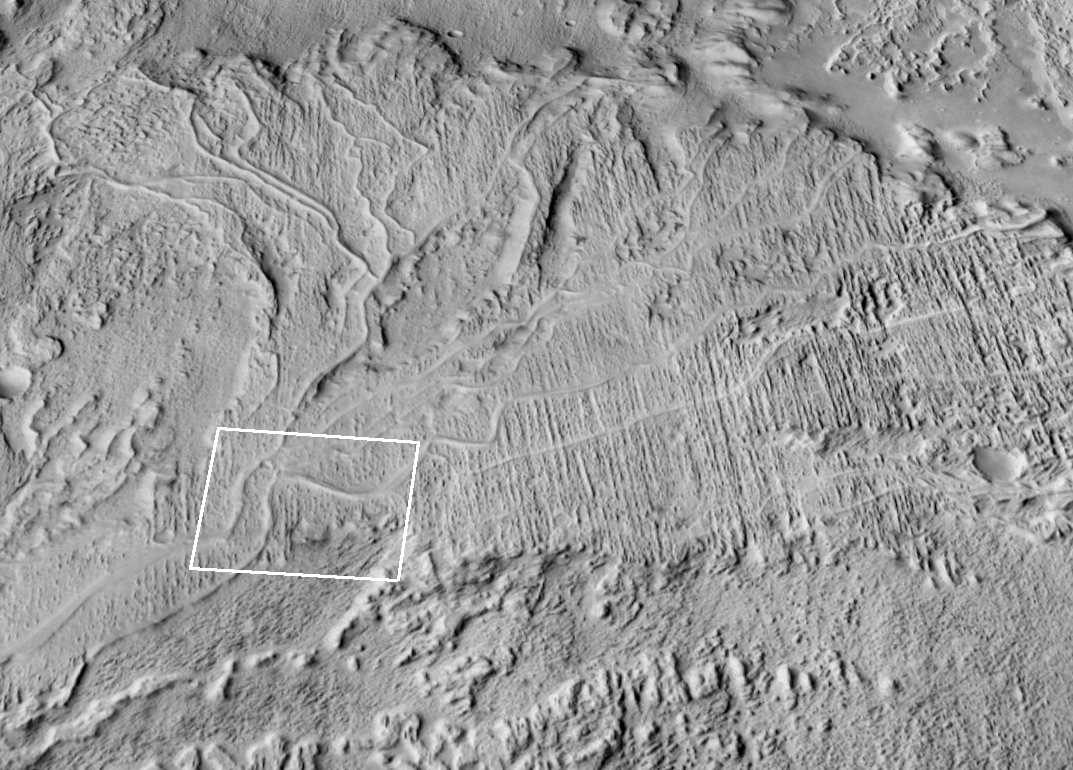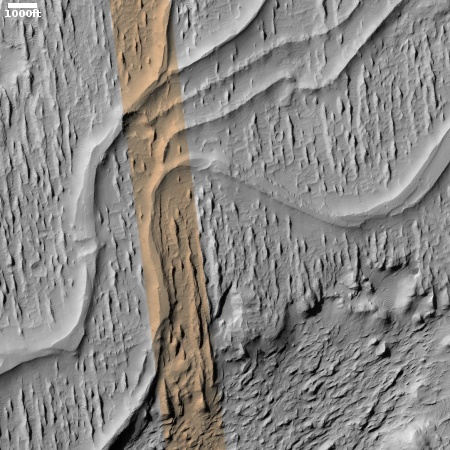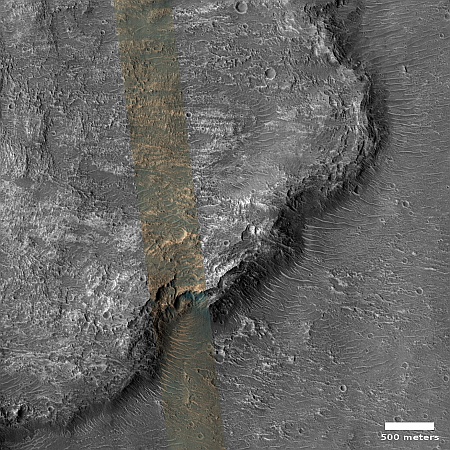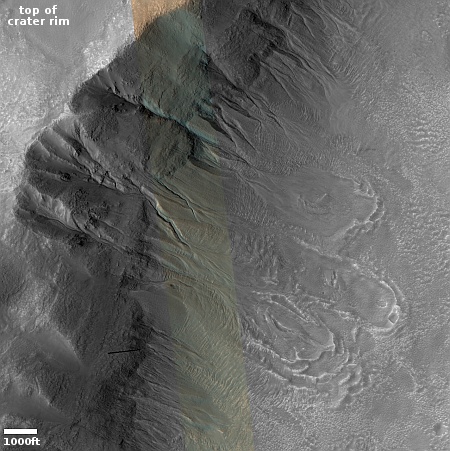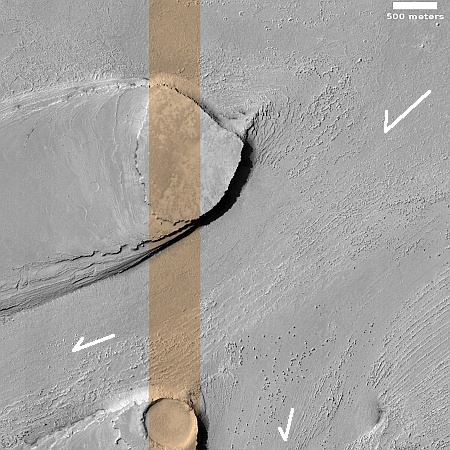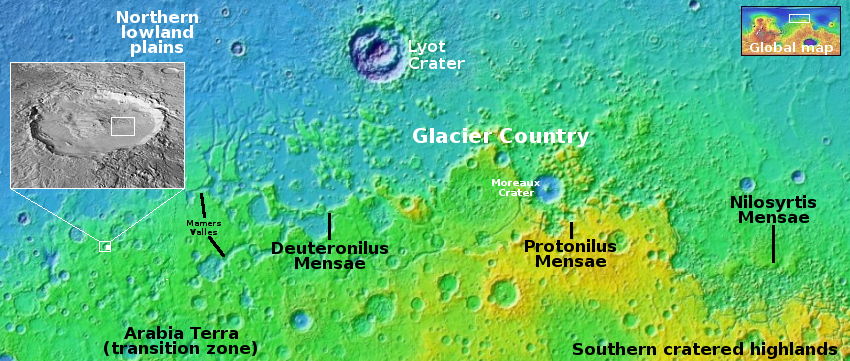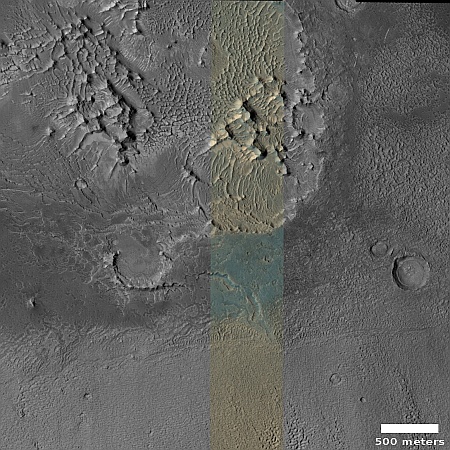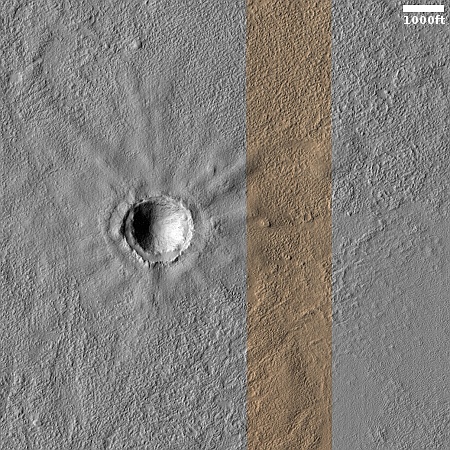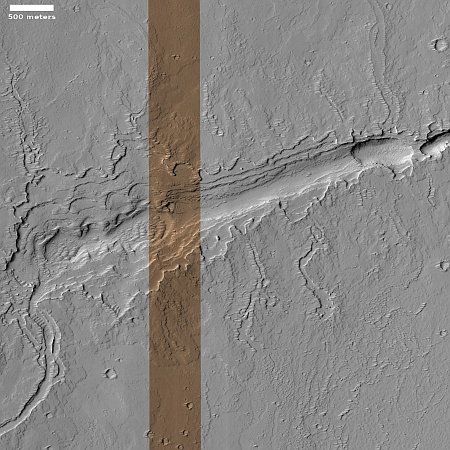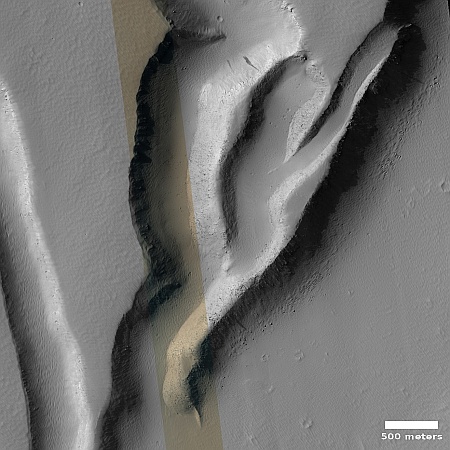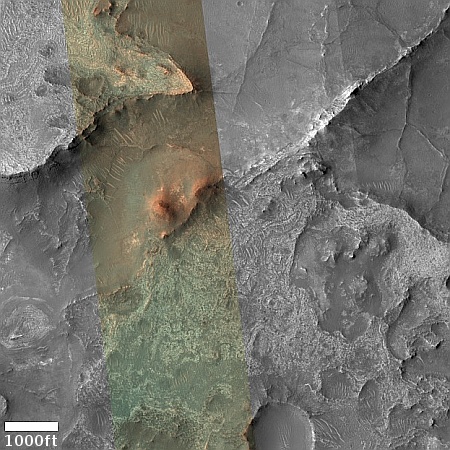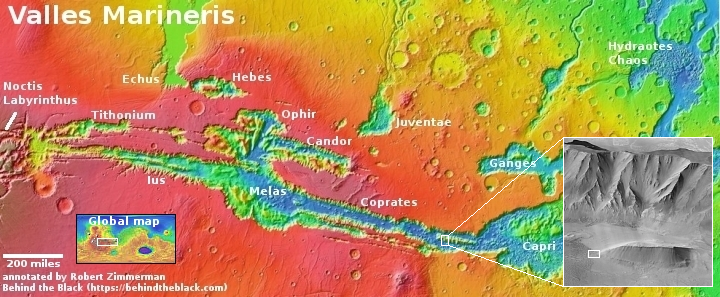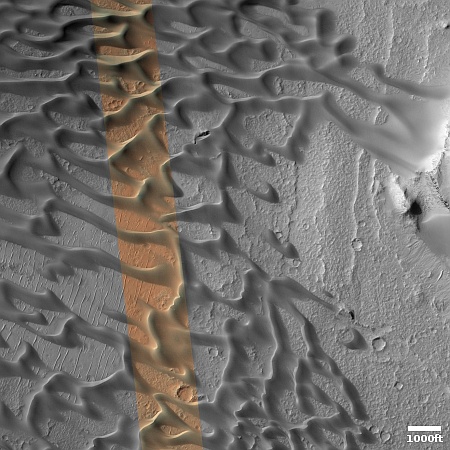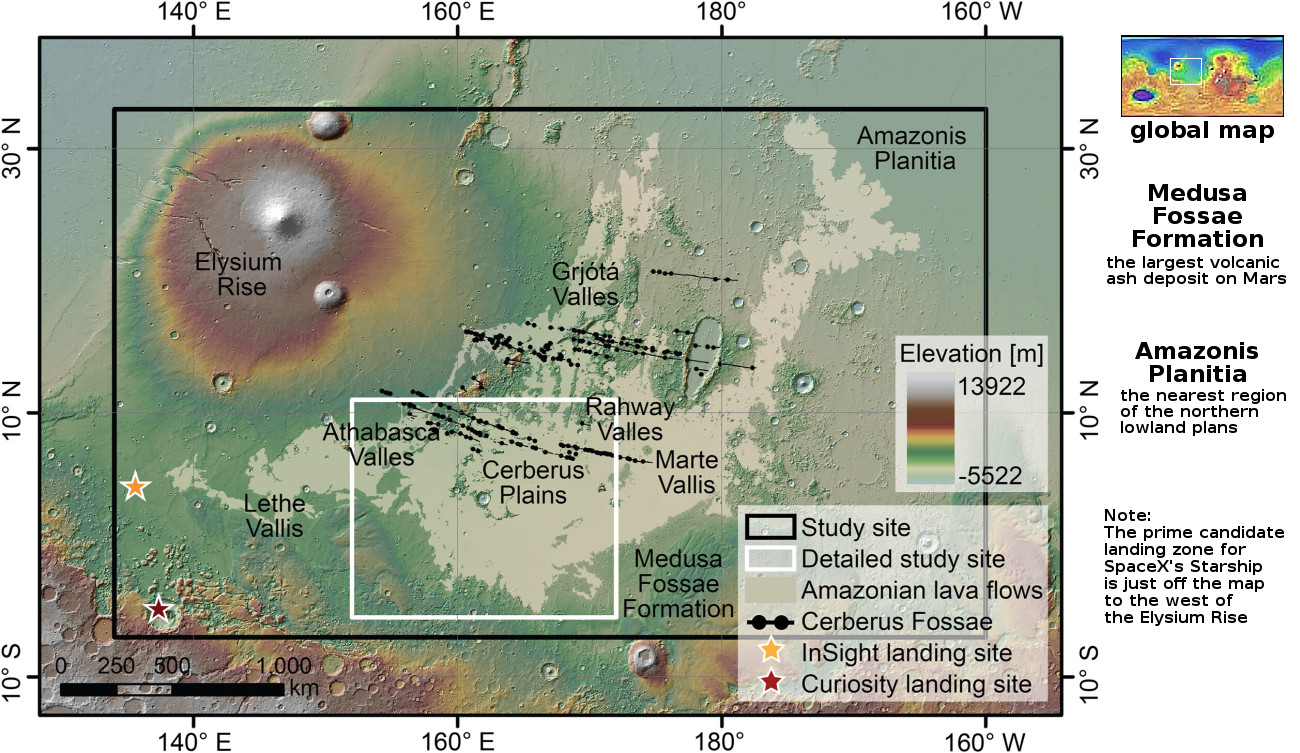Scientists: Mars’ mysterious slope streaks and seasonal recurring lineae are caused by dust
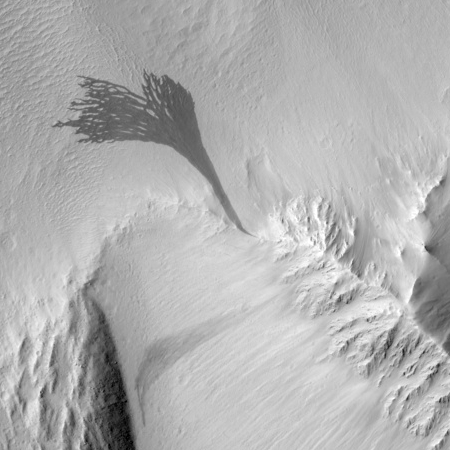
A typical Martian slope streak.
On Mars there are two mysterious features that are somewhat similar but entirely unique to the Red Planet, and for years have baffled planetary geologists as to their origins.
One feature is called slope streaks, which appear randomly year-round as either dark or bright streaks on slopes. They resemble avalanches, except that they do not change the topography, have no debris piles at their base, and sometimes travel along that topography, sometimes even going uphill for short distances. Over time these streaks then fade.
The other feature is called recurring slope lineae, because though they look like slope streaks, they are not random but appear seasonally at the same places each year. Lineae are also always dark.
Scientists have proposed many theories to explain both, with most theories involving some form of water process, either the seepage of brine from below or water vapor causing the Martian surface dust to flow, like droplets on a car windshield. None of these theories has been confirmed, or entirely accepted.
Two studies at this week’s 55th annual Lunar and Planetary Science Conference in Texas have both concluded that water is not a factor in the formation of either phenomenon. Instead, both papers propose a much simpler explanation: Wind and blowing dust interact to cause small dust avalanches.
» Read more

A typical Martian slope streak.
On Mars there are two mysterious features that are somewhat similar but entirely unique to the Red Planet, and for years have baffled planetary geologists as to their origins.
One feature is called slope streaks, which appear randomly year-round as either dark or bright streaks on slopes. They resemble avalanches, except that they do not change the topography, have no debris piles at their base, and sometimes travel along that topography, sometimes even going uphill for short distances. Over time these streaks then fade.
The other feature is called recurring slope lineae, because though they look like slope streaks, they are not random but appear seasonally at the same places each year. Lineae are also always dark.
Scientists have proposed many theories to explain both, with most theories involving some form of water process, either the seepage of brine from below or water vapor causing the Martian surface dust to flow, like droplets on a car windshield. None of these theories has been confirmed, or entirely accepted.
Two studies at this week’s 55th annual Lunar and Planetary Science Conference in Texas have both concluded that water is not a factor in the formation of either phenomenon. Instead, both papers propose a much simpler explanation: Wind and blowing dust interact to cause small dust avalanches.
» Read more

